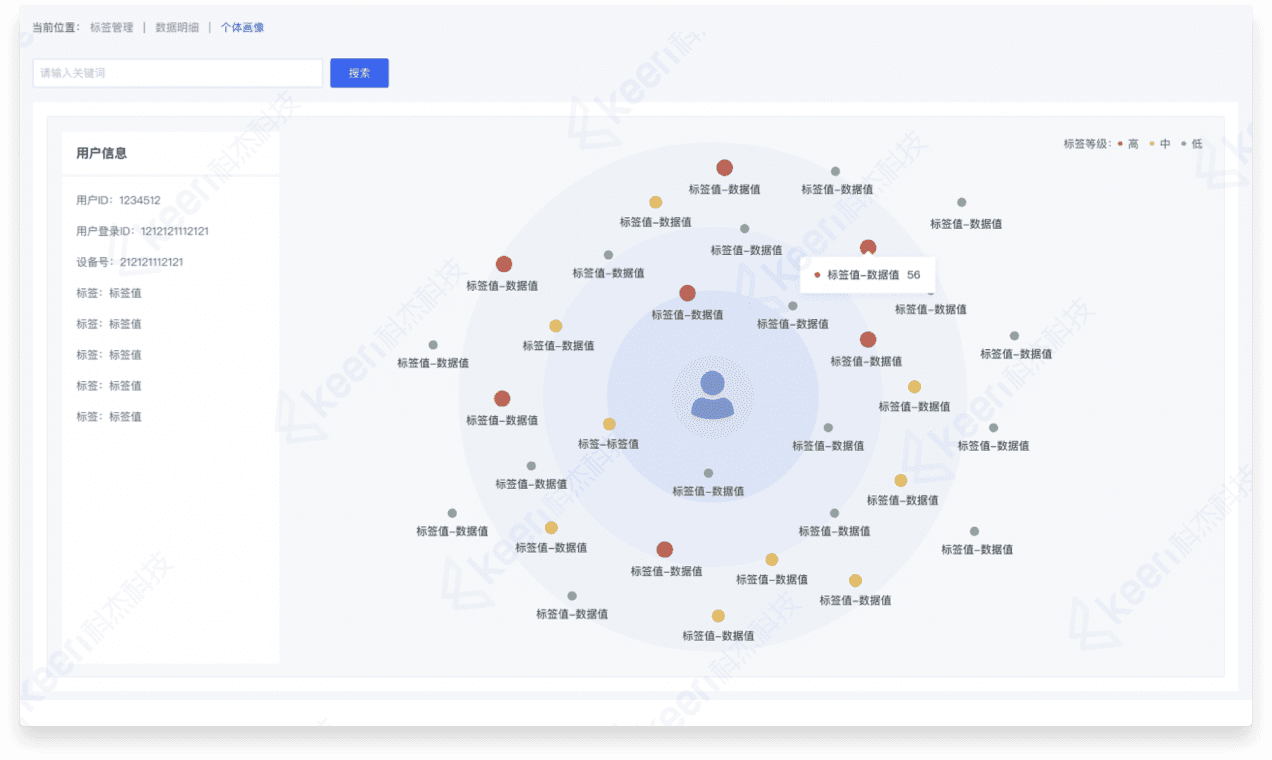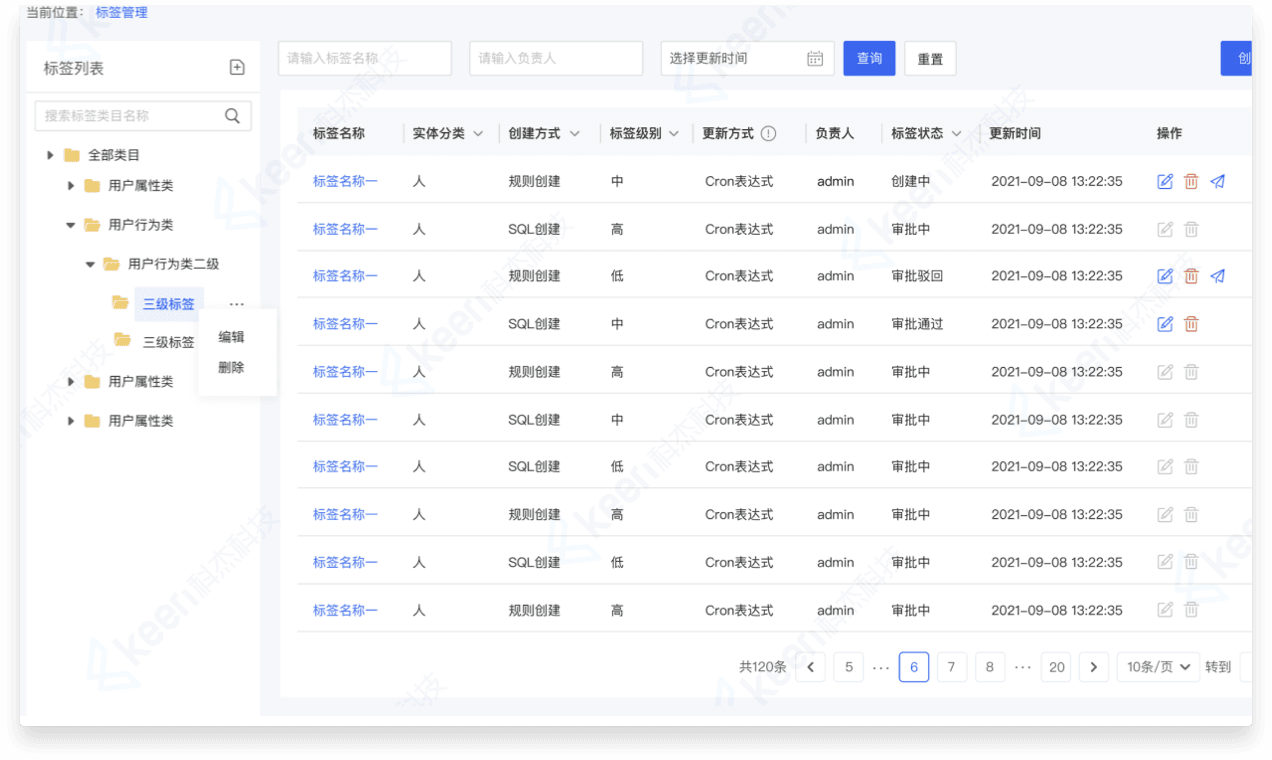The labeling platform is positioned as a big data analytics platform for enterprise-level users, offering capabilities to explore user characteristics and create user personas. It enables user identification, clustering, and segmentation, and allows for viewing the evolution of labels throughout their entire lifecycle through characteristic changes. The main functions include label processing and production, user persona creation and analysis, label segmentation management, and access to multiple data sources. It continuously empowers businesses with innovation.
Product Features
-
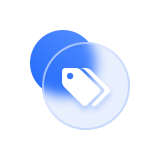
Custom Labeling System
Supports enterprises in establishing a labeling system tailored to their own business development and scenarios, aligning with their growth trajectory.
-

Visual Label and Segment Creation
Flexibly creates labels and segments for customers based on varying business rules.
-
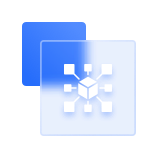
Multi-Data Source Integration
Connects to diverse data sources to cater to different business scenarios.
-
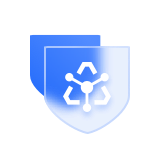
Unified Label Definition
Forms and timely updates label specifications to meet enterprise production needs.
-

API Release
Retrieves segment data to fulfill business scenario requirements of third-party systems.
-

Label Personas
Individual personas display all labels associated with an individual, while group personas can be analyzed and displayed based on different label dimensions.
Features
Label Personas
In the label personas feature, we can view detailed persona information for individual users and the label distribution for groups. Detailed persona information for individual users includes: user ID, key focus labels, and all other labels. Group personas visually display the label distribution of the population, enabling multi-dimensional and comprehensive acquisition of group persona information and facilitating persona analysis of the group.
Group Selection
Supports enterprise clients in selecting labels and label values through visualization, unifying group rule definitions, and selecting group data that meets business requirements, facilitating data analysis and querying for enterprise clients.
Custom Labeling System
Supports the development of a custom labeling system, allowing for the creation of a labeling system tailored to one's own business development based on specific business scenarios. It unifies label definitions and supports the creation of multi-level categories, with a maximum of 4 levels currently available.
Application Scenarios
-

Custom Labeling System
Custom Labeling System
User Attribute Labels: Age, Gender, VIP Status
User Behavior Labels: Favorited (vs. Not Favorited)
User Consumption Labels: Total Consumption Amount, Number of Purchases
User Activity Labels: Preferred Visiting Hours, Event Participation Rate, User Visit FrequencyUnified Label Definitions
Gender: Female
Age: 20-30 years old
Frequently Logged-in Channels: WeChat Mini Program, App
Frequently Logged-in Time: 14:00-15:00
Location: Shenzhen, Guangdong Province
Products of Interest: Cosmetics
Event Preferences: Trial Events -
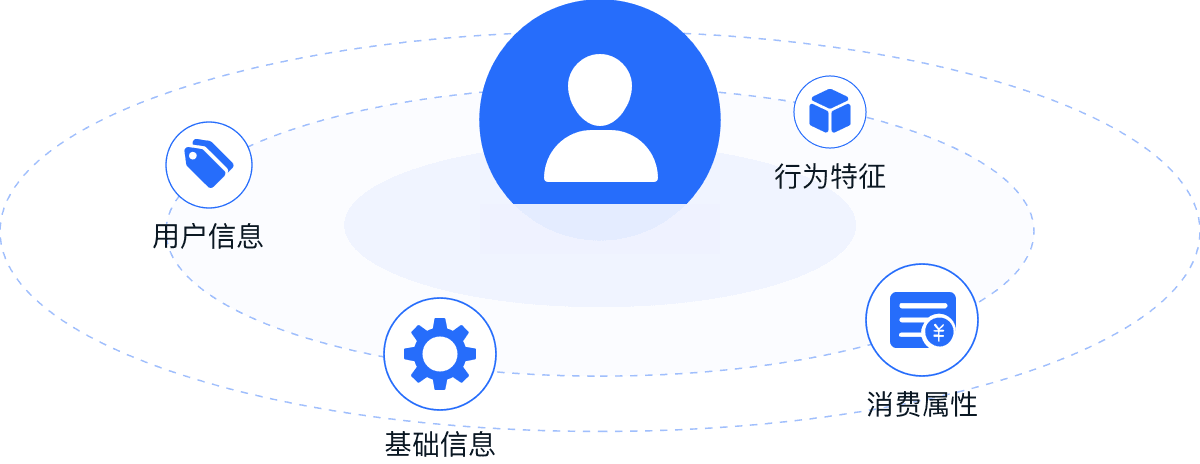
Consumption Attributes
Consumption Attributes
Consumption Habits (frequently purchased products/categories), Consumption Capacity (consumption frequency, consumption amount)
Behavioral Characteristics
Browsing content, products of interest, activity level, frequently logged-in channels, number of event participations...
Basic Information
Gender, region, age, phone number
User Information
VIP status, VIP level, user lifecycle, purchasing power
-
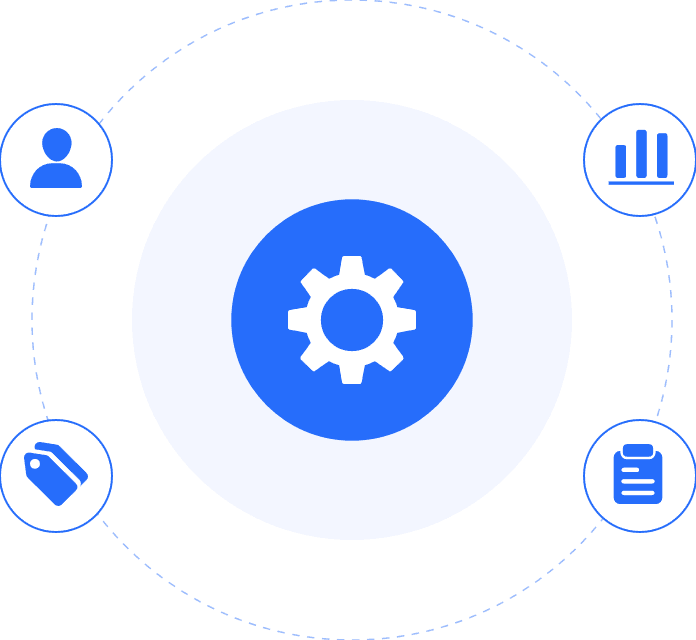
Marketing Tool Development
1. Identify Users
Select users based on labels
(e.g., [Male], [25-30 years old], [Beijing], [Purchased Skincare Products])2. Analyze Users
Analyze user personas and potential characteristics
(e.g., among the target audience of 32,715 users, the most common additional label is [Chocolate])3. Deliver Messages
Edit copy and send it to users through various channels
(e.g., "Still using Biotherm? Come see what other skincare tech worth buying! " and send it to users via App, Mini Program, and SMS)4. Analyze Effects
Analyze the effectiveness of the delivery
(e.g., 4,122 people opened the link, 3,242 redeemed coupons, and 1,397 made purchases)
Success Cases
Learn more,
start your data intelligence journey now
Contact Us (09:00-18:00)
Technical Support
support@keendata.com

